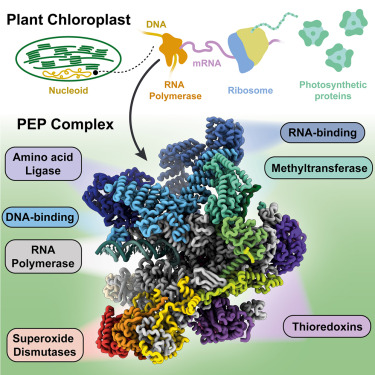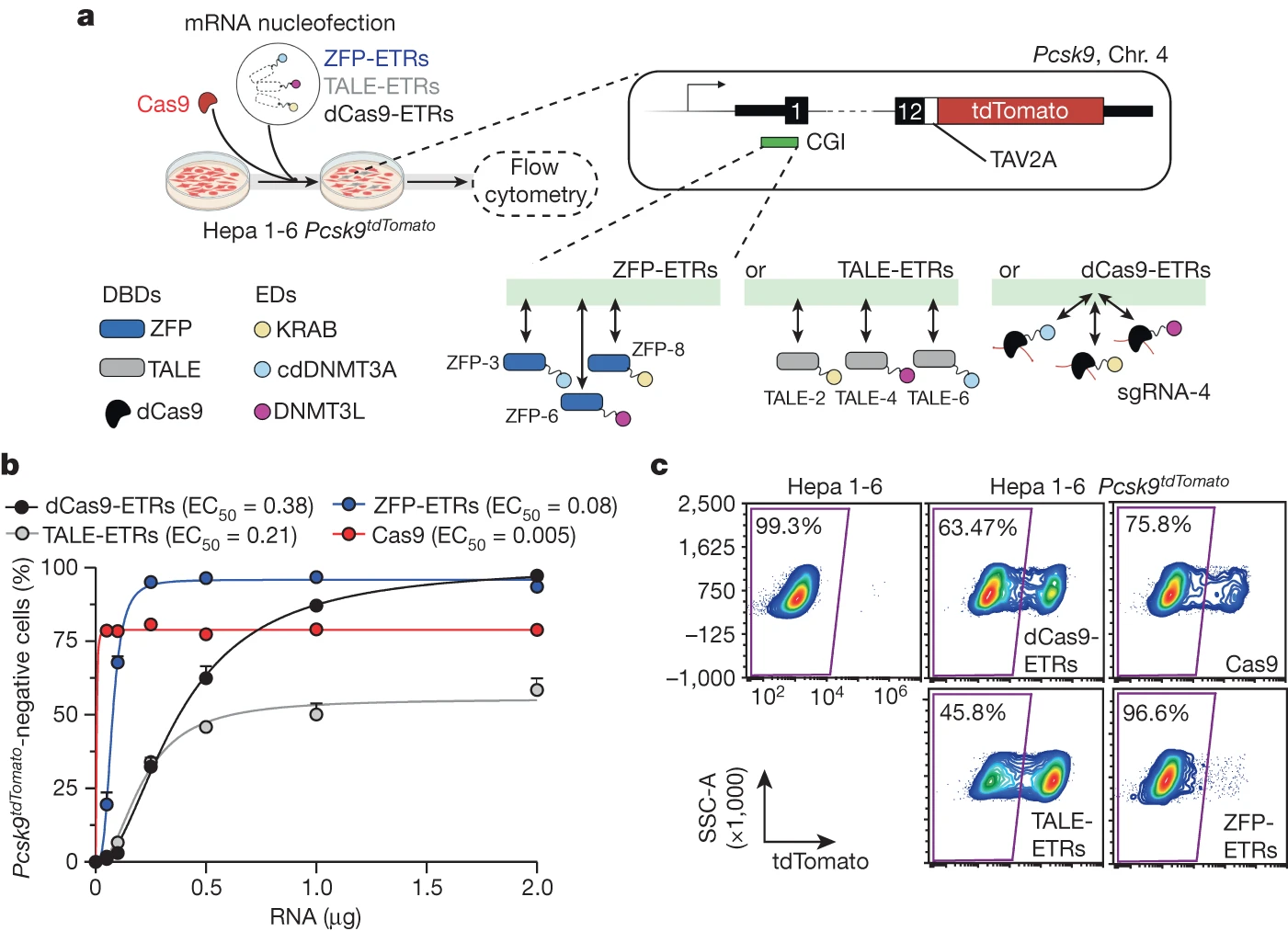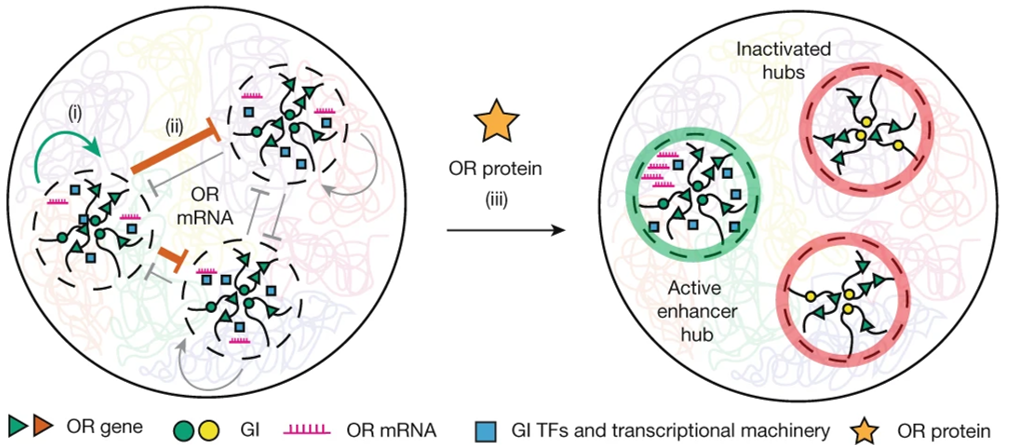Bumblebees socially learn behaviour too complex to innovate alone
호박벌들도 혼자서는 어려운 복잡한 행동을 다른 벌로부터 배울 수 있습니다 Abstract 문화란 사회적으로 학습되어 시간이 지남에 따라 일정하게 유지되는 행동양식을 의미합니다. 최근 연구 결과에 따르면, 동물들도 인간과 마찬가지로 선행된 혁신에…
호박벌들도 혼자서는 어려운 복잡한 행동을 다른 벌로부터 배울 수 있습니다 Abstract 문화란 사회적으로 학습되어 시간이 지남에 따라 일정하게 유지되는 행동양식을 의미합니다. 최근 연구 결과에 따르면, 동물들도 인간과 마찬가지로 선행된 혁신에…
cryptic plasmid는 인간의 장에서 가장 많은 genetic elements 중 하나입니다. Abstract 플라스미드는 종종 fitness-enhancing features를 암호화하는 extrachromosomal genetic elements입니다. 그러나 많은 박테리아는 명확하게 유익한 기능을 부여하지 않는 " cryptic" 플라스미드를…
High fat intake는 gut microbiota에서 antibiotic-mediated Clostridia depletion 후에도 sorbitol intolerance를 지속시킵니다. Abstract 일반적으로 actose, fructose 또는 sorbitol 섭취와 관련이 있는 탄수화물 과민증은 고소득 국가의 인구의 최대 30%에 영향을 미칩니다.…
IL-10은 sphingolipid metabolism 억하여 염증을 제한합니다. Abstract Interleukin-10(IL-10)은 innate immune cell types에서 immune cell activation과 사이토카인 생산을 제한할 수 있는 주요 anti-inflammatory cytokine입니다. IL-10 신호가 손실되면 사람과 mice에서 생명을 위협하는…

Structure of the plant plastid-encoded RNA polymerase Abstract 엽록체 유전자는 광합성과 관련된 단백질을 코딩하며 주로 *Plastid-encoded RNA polymerase(PEP)에 의해 전사된다. PEP은 박테리아 RNA polymerase (RNAPs)와 유사한 Plastid-encoded 단위체들로 구성된 다중-단위체…

생체 내에서 지속 가능하고 효율적인 유전자 silencing을 위한 일시적 epigenome 편집 Abstract transcriptional repressors를 탑재한 programmable editors를 사용한 영구적인 epigenetic silencing은 인간 질병의 치료에 큰 가능성을 가지고 있다. 하지만, 그…

RNA 매개 symmetry breaking이 단일 후각 수용체 선택을 가능하게 한다 Abstract 후각 수용체(Olfactory Receptor, OR) 선택은 모든 후각 뉴런이 약 2,000개 이상의 OR 대립유전자 중 하나를 안정적으로 transcription하는 transcriptional dominance를…
뿌리 형성 및 성장에서의 cell cycle에서 SHR 및 SCR의 역할 Abstract 세포 분열을 정밀하게 제어하는 것은 다세포 생물의 발달 과정에서 올바른 패턴 형성과 성장을 위해 필수적입니다. 그러나 새로운 조직 패턴을…
Spatial transcriptomics을 통해 발견한 장기 기억에서 발생하는 neuron-astrocyte 간 시너지 효과 Abstract 기억은 과거의 경험을 암호화하며, 이는 미래 계획을 세우는 데 기여합니다. *Basolateral amygdala는 정서적 경험의 기초가 되는 *salience network에서…
45,000년 전 유럽의 높은 지역에 도달한 호모사피엔스 Abstract 유럽의 중기에서 후기 구석기 시대로의 전환은 인근 지역 네안데르탈인의 소멸 및 호모 사피엔스의 확산과 관련이 있습니다. 후기 네안데르탈인은 동유럽에서 호모사피엔스가 등장한 후에도…